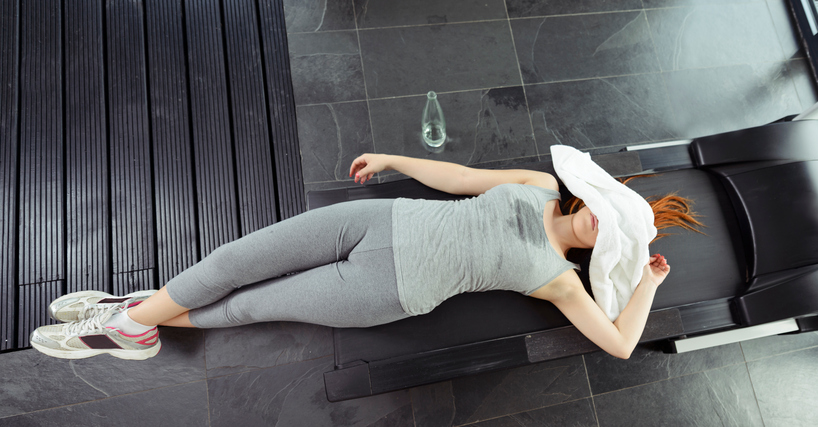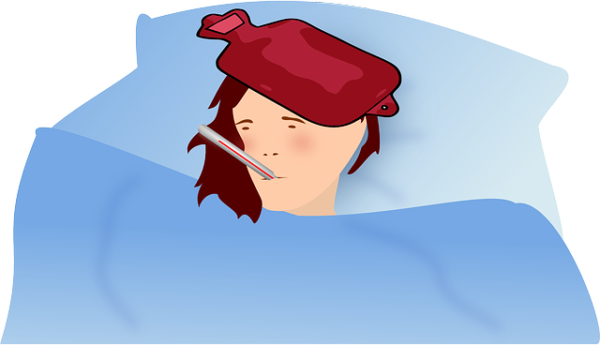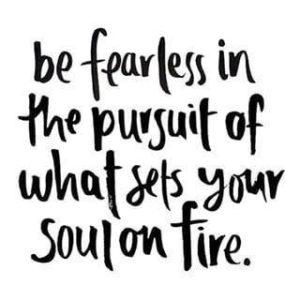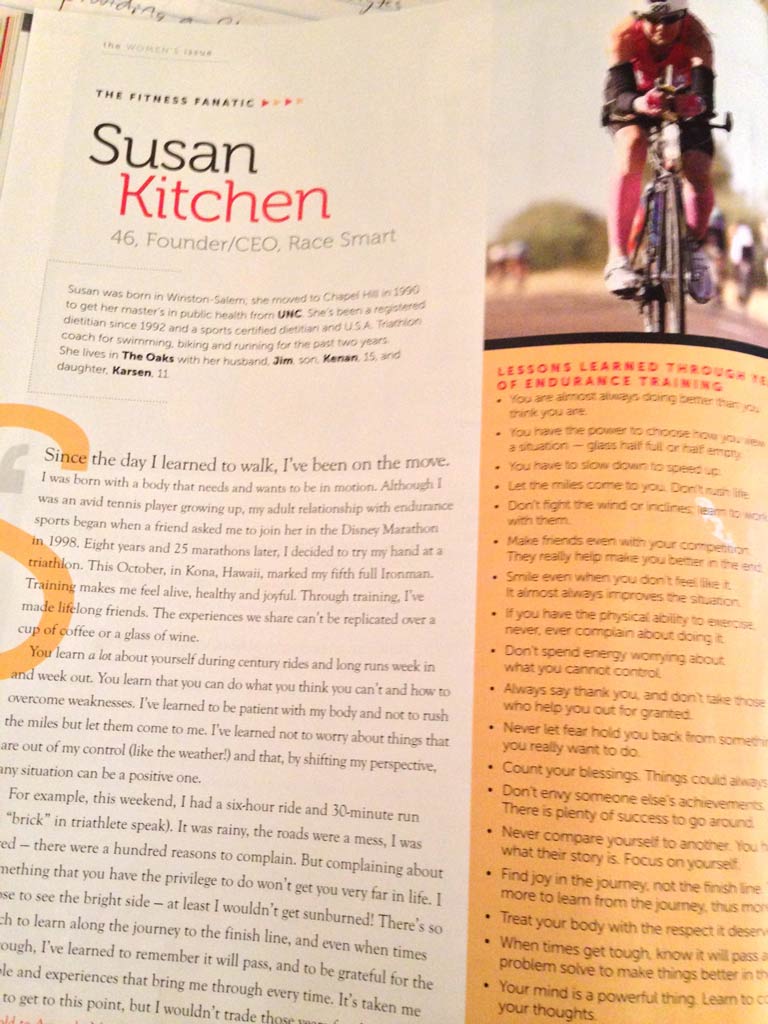The Three Biggest Mistakes Made by Athletes

Triathletes devote precious time, energy, and hard earned money on the single goal of reaching the finish line faster than the time before. From the lightest, most aero triathlon bike – sleekest helmet – tightest kit – customized training plan- to the most precise fuel/hydration plan and daily nutrition protocol, the odds are in our favor, right? You’d hope so with this level of attention to detail, but without proper recovery, all of that “devotion” is for not.
The market is flooded with recovery modalities, the real value of which can be difficult to assess. Some of the more widely used tools include massage, ART (active release therapy), dry needling, yoga, ice baths, recovery boots, compression, foam rollers, and recovery fuel. All of these products/services are useful and serve a role, but none of them single-handedly provide an effective long-term solution. This may not be music to your ears if you invested in a recovery boots or prioritize weekly massages, but don’t freak out just yet. These fast healing modalities are additive; just not without the core elements of recovery. So, bear with me.
Let’s dive into what recovery truly means in an athlete’s world. Simply put, the three core elements include: 1) the training load must not be greater than what we can handle on a daily basis, 2) adequate recovery must be implemented into the schedule for proper adaptation, and 3) the athlete must support the training load with adequate nutrition/calories. Unfortunately, these are the three biggest mistakes athletes make when it comes to proper recovery.
Mistake #1: Inadequate Recovery
As endurance athletes, it’s easy to fall into thinking more is more and less is less. In our pursuit to squeeze in training sessions around an already busy life, we can easily become over-trained or under-recovered. By loading the body with more than it can handle, we risk injury, a compromised immune system, and a failure to adapt to the training stimuli. What we have failed to grasp is fitness gains occur during rest, not during training – and more is NOT always best.
The Fix:
- Train hard on hard days, proactively support your training load with strategically scheduled easy days; yes, EASY days.
- Listen to your body. If you are feeling tired, scale back the intensity or take a day (or two) off.
- Monitor heart rate fluctuations and anything abnormally high or low first thing in the morning is a sign your body needs an easy day or off day.
- Monitor sleep quality – and if you are experiencing broken sleep or night sweats – it could be a sign cortisol levels are unusually high – signaling you need a pullback day.
Mistake #2: Compromised ZZZZ’s
We all know triathletes are busy people, and there are only 24 hours in a day. It’s tough to meet all of life’s demands, train for a triathlon AND get enough sleep. But what if I told you sleep is the BEST and MOST impactful performance enhancer at your disposal – and it’s FREE! Sure, sitting on the couch is resting, but the magic happens during sleep. Both the quality and duration of sleep are vital, and the goal should be 8-10 hours – especially during heavy training phases. Research suggests just 2-3 nights of restricted sleep reduces muscle repair (synthesis), impairs cognitive function and immunity.
The Fix:
- Make an investment in your health and performance by prioritizing sleep in your daily schedule. Ideally, go to bed and wake at the same time each day in a cool, dark and screen free room.
- Determining how much sleep you need is highly individual, and it changes as we age. But, research suggests the minimum amount is no less than 6 hours of uninterrupted sleep/night. If you have a sleep monitoring gadget (Garmin, Fit Bit, and iPhone offers one), wear it for a week, and you’ll get a real-life snapshot into your actual sleep schedule.
- During the first three hours of sleep, the body releases growth hormone, and if you happen to get a second wind and go to bed later than normal, you’ve missed the hormone release for that night. Cumulatively this is detrimental to your performance, mind, and body.
- Use daytime naps as an enhancement, not as a band-aid to make up for poor nightly sleep habits.
Mistake #3: Unhealthy Daily Eating Habits
To adapt to your training load and maintain optimal energy levels, you must fuel with an adequate and balanced daily nutrition regimen.
Immediately following workouts, consuming a combination of protein and simple carbs is critical. Skipping this valuable refueling opportunity creates unnecessary stress on the body and inhibits recovery.
Unfortunately, it’s not uncommon for athletes to restrict food in an effort to improve body composition only to sabotage the end goal with a reduction in fitness, compromised health and muscle loss (strength) and increased risk for injury. Sufficient and timely fueling is essential, and trust me, you don’t want to get it wrong.
The Fix:
- Start your day with a balanced breakfast. DO NOT skip breakfast. Include protein, healthy fat and complex carbohydrates. Example: Oatmeal with nuts, sweetened with honey or black strap molasses, 2-3 eggs cooked to your preference and a glass of milk or fruit.
- Eat three meals/day consisting of quality protein and healthy fat (eggs, lean meats, fish, nuts, seeds, avocado, edamame, olive oil), whole grain carbohydrates (brown and wild rice, oatmeal, quinoa, beans, legumes, potatoes, winter veggies) and plentiful fruit/veggies.
- Bridge meals that are more than 4 hours apart with a balanced snack. Examples: Nut butter and choice of fruit, celery/carrots, and hummus, Greek Yogurt, nut mix with dried fruit.
- Consume protein during the recovery phase to elicit protein synthesis, offset muscle breakdown and promote muscle repair along with simple sugars to promote glycogen re-synthesis. Refuel with 12-15g protein and at least 35-50g carbs within 30 min post workout (that is either intense, longer than 90 min or one of two workouts for that day) if a meal is not following the workout.
- To combat inflammation and tissue damage, include healthy fats, turmeric, ginger, green tea, tart cherries, watermelon, and matcha tea – along with proper hydration – think: pineapple/strawberry or ginger infused water.
- Prioritize the meals around your most active time of the day. For example, if your workouts are primarily in the morning, breakfast and lunch should be substantial, and dinner can be smaller with an emphasis on protein consumption.
- Moderation is key. If you want pizza on Friday night or a glass of wine with dinner during the weekend, go for it. Just keep it in moderation, and don’t drink the whole bottle of wine.
If you nail these three basics, then you are well on your way to a successful season. And – about the arsenal of recovery tools – they offer excellent support to recovery when we properly adapt to the training load, provide our bodies with sufficient nutrition and prioritize adequate sleep.
Cheers to a great 2017 Season!







